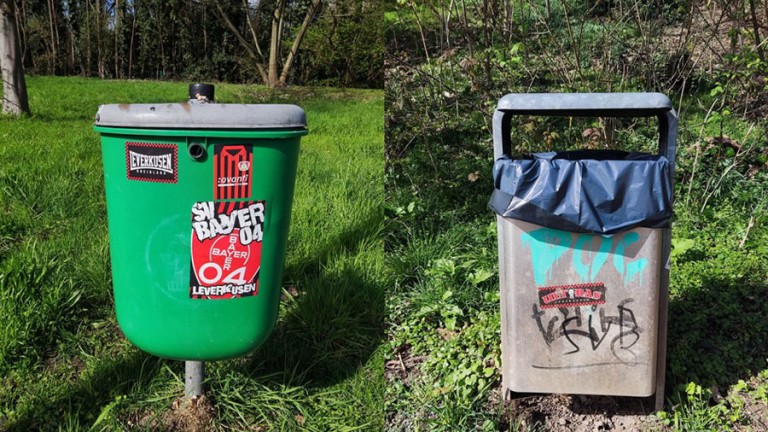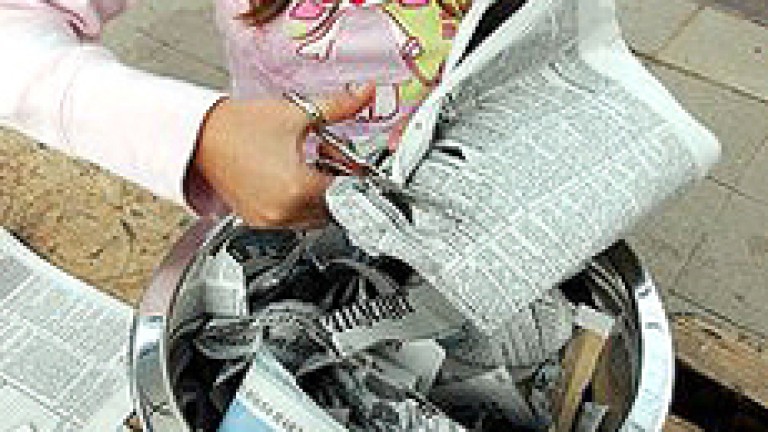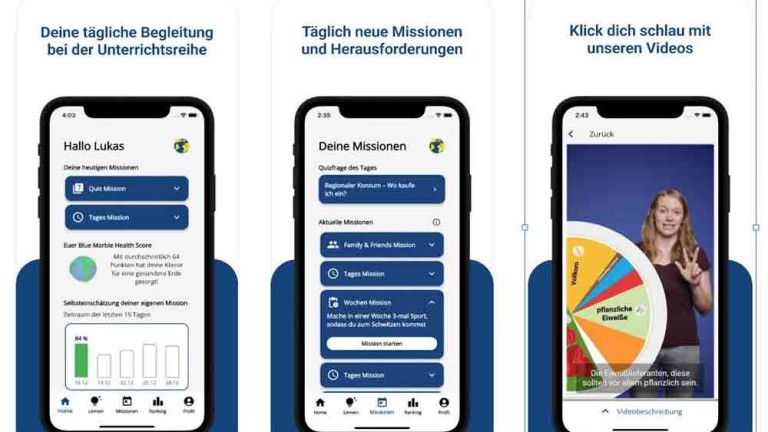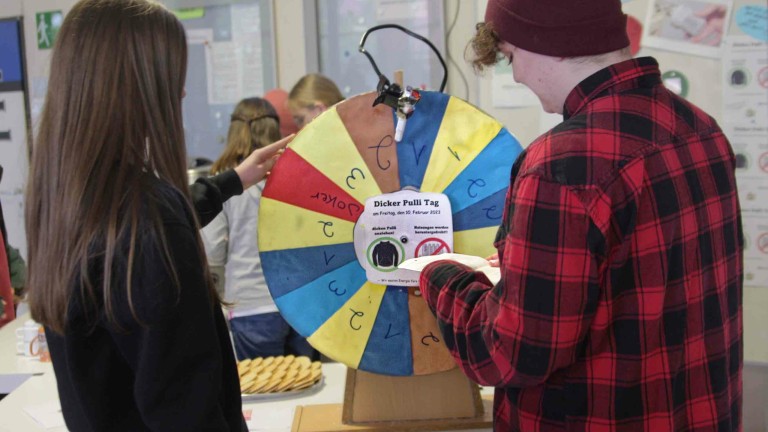Content

Our stock transfer agent, Computershare, formerly EquiServe, mails the book entry statement to stockholders of record. You should have received your statement on or near May 26, 1999. This system is similar to that used with investments in a mutual fund or a corporate dividend reinvestment plan. You do not need to be enrolled in a dividend reinvestment plan to have book entry ownership. All of your certificates should be kept in a safe place such as a safety deposit box, as they are valuable documents. You may send them in to Computershare for credit into your book entry account. Unlike stock certificates, the book entry statement is not a negotiable document.
- Generally, when companies pay out cash dividends, it is a form of income, and shareholders have to pay tax on the funds that they receive.
- This paper contributes to the deficient literature on cash dividend announcements and stock returns volatility in particular, in emerging economies such as India.
- In other words, if there is a 6-for-1 split, investors will get a stock dividend of five shares for every one share of Tesla they own.
- All dividend amounts have been restated to reflect all historical stock splits and have been rounded to the nearest thousandth.
Firms that are unsure about their capacity to keep generating excess cash in future periods are more inclined to use special dividends, if their stockholder base likes dividends, or equity repurchases, if it does not. Mobile/PCs and advanced lighting products comprise nearly half of the company's total sales and SMART Global is experiencing growth across all of its businesses.
Dividends on Class I Non-Voting and Class II Voting Shares
Thus, the investor with 10,000 shares would own a total of 12,000 shares (10,000 x 1.2) after collecting the dividend. A stock dividend means dividend which is paid in the form of additional shares whereas stock split is a division of issues shares in the ratio as decided by Company. This helps ensure more people can access the shares and keeps existing shares liquid. While a reverse stock split is often thought of as a red flag for investors, in the long run, it can help a company survive and recover from a rough patch. RH announced plans for a 3-for-1 stock split in March, and it's expected to be executed in the spring.
Has Google ever paid a dividend?
Alphabet (GOOG) (GOOGL) is one of the ~90 stocks in the S&P 500 Index that remains a dividend holdout. While Alphabet has never paid a dividend, many other stocks have maintained long histories of dividend growth, such as the Dividend Aristocrats.
As the name itself tells the meaning, Stock Split means splitting of Stock or Equity Shares. Stock stock dividends vs stock splits splits are splitting of already issued shares to increase the no. of shares of the Company.
The pricing of when-issued common stock: A note
While a split doesn’t actually make your investment any more valuable in and of itself, a lower share price and the resulting increase in trading liquidity can certainly attract additional investors. However, sometimes that initial feeling of pride in a stock split is followed by confusion as investors wonder how the stock split affects things like outstanding market orders, dividend payouts, or capital gains taxes. The cost basis of the underlying shares will then be reduced by the amount allocated to the new shares received. Companies often split shares of their stock to try to make them more affordable to individual investors. Unlike an issuance of new shares, a stock split does not dilute the ownership interests of existing shareholders. When a company declares a stock split, its share price will decrease, but a shareholder’s total market value will remain the same. For example, if you own 100 shares of a company that trades at $100 per share and the company declares a two for one stock split, you will own a total of 200 shares at $50 per share immediately after the split.

Consistent with this view, we find that Chinese firms in low-trust regions make higher dividend payouts than those in high-trust regions. The negative effect of trust is more pronounced in firms with lower information transparency and weaker corporate governance. Our results are robust to alternative measures of social trust and dividends and the use of the instrumental variable approach to alleviate endogeneity concerns. Overall, the findings highlight the important role of social trust in corporate governance and corporate dividend policy, along with its ability to substitute for formal institutions. Cash Dividend means dividend which is paid to shareholders in Cash/ Bank. When a company doesn’t have cash for payment of dividends, it gives dividends in the form of equity or we can say that additional shares of the Company are allotted to the shareholder. Stock Split and Stock Dividend are different, and cannot be used interchangeably.
Pros and Cons of Stock Splits
View information on our 15 stock splits and 26 stock dividends. After a 2-for-1 stock split, an individual investor who had owned 1,000 shares might be elated at the prospect of suddenly being the owner of 2,000 shares. However, every stockholder's number of shares has doubled—causing the value of each share to be worth approximately half of what it was before the split. If a corporation had 100,000 shares outstanding, a stockholder who owned 1,000 shares owned 1% of the corporation (1,000 ÷ 100,000). After a 2-for-1 stock split, the same stockholder still owns just 1% of the corporation (2,000 ÷ 200,000). Before the split, 1,000 shares at $80 each totaled $80,000; after the split, 2,000 shares at $40 each still totals $80,000.
In fact, it was the fifth stock split since Apple's IPO in 1980. After the split, your total investment value remains the same at $8,000, because the price of the stock is marked down by the divisor of the split, so an $80 stock becomes a $40 stock after the two-for-one split. Post-split, you would own 200 shares priced at $40 each, so the total investment would still be worth the same $8,000. Suppose publicly traded Company XYZ announces a two-for-one stock split.
Common stock repurchases and market signalling: An empirical study
These events are usually non-taxable, but change the number of shares you own and the basis of those shares. But suppose that other stocks in the financial sector are trading well below this figure. Those other equities aren’t necessarily a better value, but casual investors sometimes make that assumption. To fight this perception and improve liquidity, companies will consider increasing their shares outstanding by issuing additional shares to shareholders, which proportionately lowers the share price.
- For example, if you own 100 shares of a company that trades at $100 per share and the company declares a two for one stock split, you will own a total of 200 shares at $50 per share immediately after the split.
- After submitting your request, you will receive an activation email to the requested email address.
- In either case, the result is a larger number of stock shares outstanding.
- The company is guiding for 15%-20% revenue growth in 2022 and adjusted EBITDA margins of approximately 25%.
Even though the total amount of stockholders' equity remains the same, a stock dividend requires a journal entry to transfer an amount from the retained earnings section to the paid-in capital section. The amount transferred depends on whether the stock dividend is a small stock dividend, or a large stock dividend. In the case of a cash dividend, shareholders receive a payment in cash that is based on the number of shares they own. Let's say a corporation declares a cash dividend of $0.25 per share. If an investor owns 10,000 shares, the investor would receive $2,500 as a cash dividend. Every corporation has the same goal in mind—to maximize shareholder wealth. This goal is fulfilled in either of two ways, by reinvesting cash into the business to stimulate its growth or by paying dividends to shareholders.
Quarterly Journal of Economics
Fortunately for investors, many brokerages will make the necessary adjustments when calculating the cost basis for a holding. Typically, the underlying reason for a stock split is that the company’s share price is beginning to look expensive. Say XYZ Bank was selling for $50 a share a couple of years ago but has risen to $100 per share. One positive characteristic of the stock dividend and stock split is that ownership is not further diluted.
For stock splits prior to 1997, shares were delivered in certificate form and the stock certificates were mailed directly to the address of record for each stockholder. Stock split shares are credited to stockholder accounts on the payable date for the stock split.
DXCM also plans to introduce the G7, a next-generation version of its leading device that is more convenient, 60% smaller and offers better performance than its predecessor. The G7 device has already secured approval in Europe and was submitted to the U.S. Food and Drug Administration for approval during the December quarter. Dexcom became a leader in this market with its G6 continuous glucose monitor and recently launched Dexcom One, a simpler and less expensive model that is helping the company build share in emerging markets such as Eastern Europe.
The 2-for-1 stock split will cause the quantity of shares outstanding to double and, in the process, cause the market price to drop from $80 to $40 per share. For example, if a corporation has 100,000 https://www.bookstime.com/ shares outstanding, a 2-for-1 stock split will result in 200,000 shares outstanding. Another is that stock splits send a signal to the market that a company's share price has been rising.
Legally, this action creates a liability for the company that must be reported in the financial statements. Only the owners of the 280,000 shares that are outstanding will receive this distribution. To determine the cost of full and fractional shares issued as a result of a stock split, a portion of the cost basis of the underlying shares on which the split was paid should be allocated to the new shares received. Of course, shareholders expect something in return for purchasing stock in Betty Joe's Donuts. Dividends are a percentage of the corporation's profits paid to the shareholder, typically quarterly or annually. Investors are paid dividends based on the number of shares they own. If the company pays $.25 per share and you own 1,000 shares, you'll receive $250.
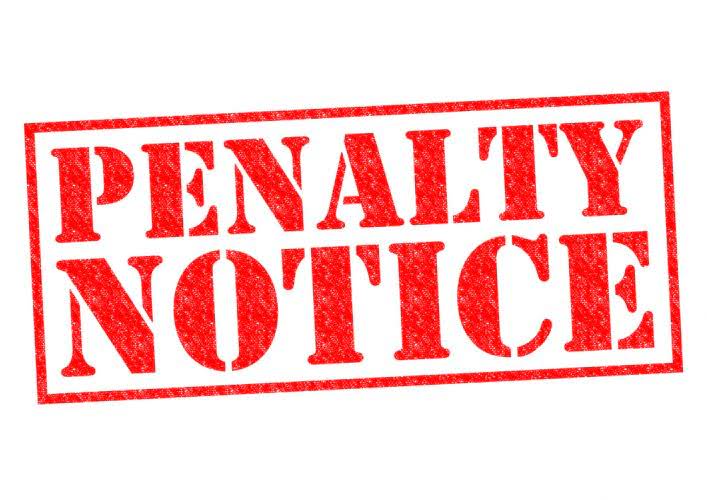
To illustrate, assume that the Hurley Corporation has one million shares of authorized common stock. To date, three hundred thousand of these shares have been issued but twenty thousand shares were recently bought back as treasury stock. Thus, 280,000 shares are presently outstanding, in the hands of investors. Hurley earned a reported net income of $780,000 in the current year. After some deliberations, the board of directors has decided to distribute a $1.00 cash dividend on each share of common stock. However, when you sell stock split shares or any other shares of IBM common stock owned as of a stock split record date, you must adjust your cost basis to properly reflect this split in order to determine your gain or loss.
To understand it better let’s take an example, Mr. A is holding Shares of Company XYZ Limited having a face value of Rs. 100 and market value Rs. 150. Now, company XYZ Limited declares the Stock Split in the ratio of 2 for 1 which means that for every 1 share, a shareholder will get 1 more share. In this example, Mr. A is holding Shares, after the stock split his shareholding will increase to shares. Be noted that the price of the share due to stock split will go down and no. of shares will increase. While many were caught off guard by the video game retailer's announcement, some investors were also confused because it wants the split to be "in the form of a stock dividend." Firms that want to derive the maximum signaling benefit from the return of the cash, and whose stockholders like or are indifferent to cash dividends, will likely increase regular dividends. Firms that want to derive the signaling benefit but whose stockholders are more resistant to dividends might have to enter into forward contracts to repurchase equity.
Should you buy Class A or Class C Google stock?
The A class shares have the symbol GOOGL and come with one vote, while the C class shares have the symbol GOOG and come with no voting rights at all. The shares have the same economic interest in Google's business, so other than voting rights there is really no reason to prefer one or the other.
In case of stock splits, the firm increases the number of shares outstanding and reduces the price of each share. For example, assume that a company announces a 3-for-2 stock split.
How Do Stock Dividends Work?
Both announcement and ex-date returns were found to be larger for stock dividends than for stock splits. While the announcement returns cannot be explained by forecasts of imminent increases in cash dividends, the paper offers several signaling based explanations for them. These are consistent with a cross-sectional analysis of the announcement period returns.


